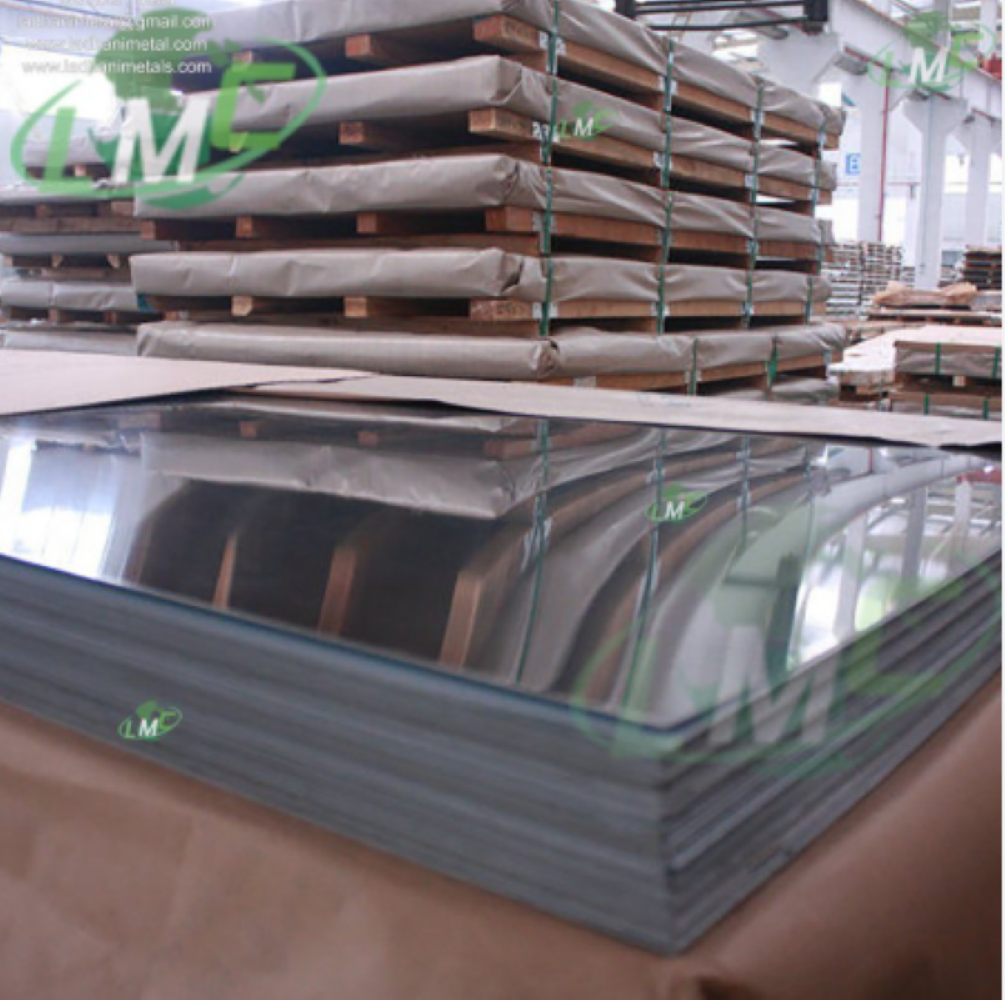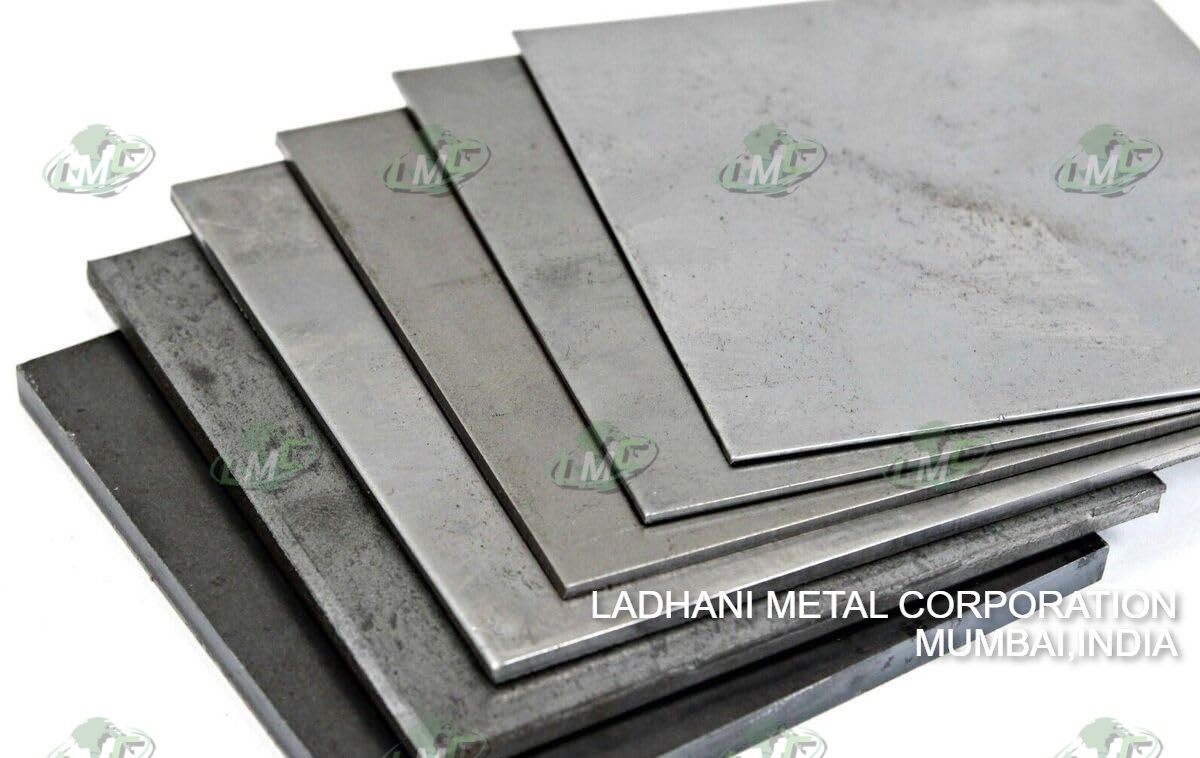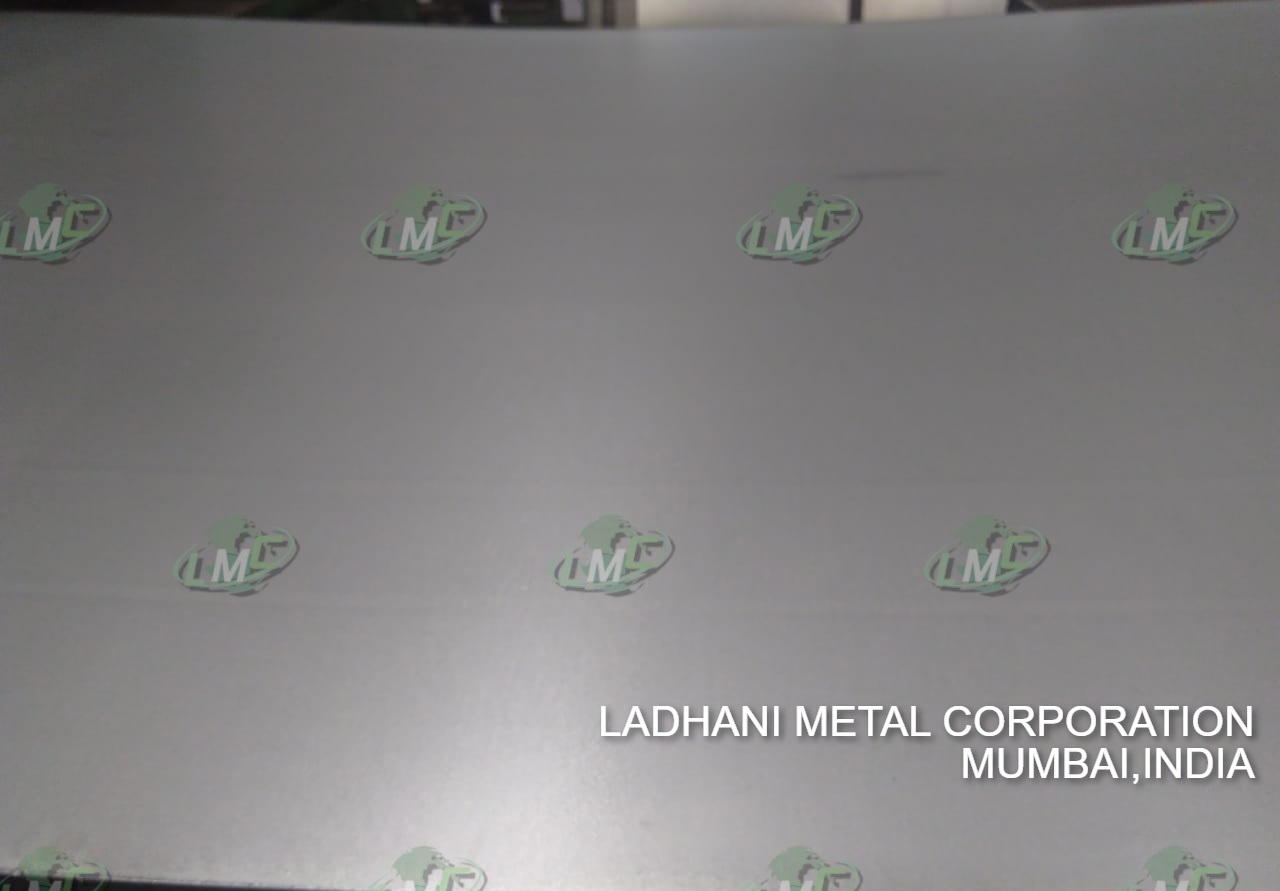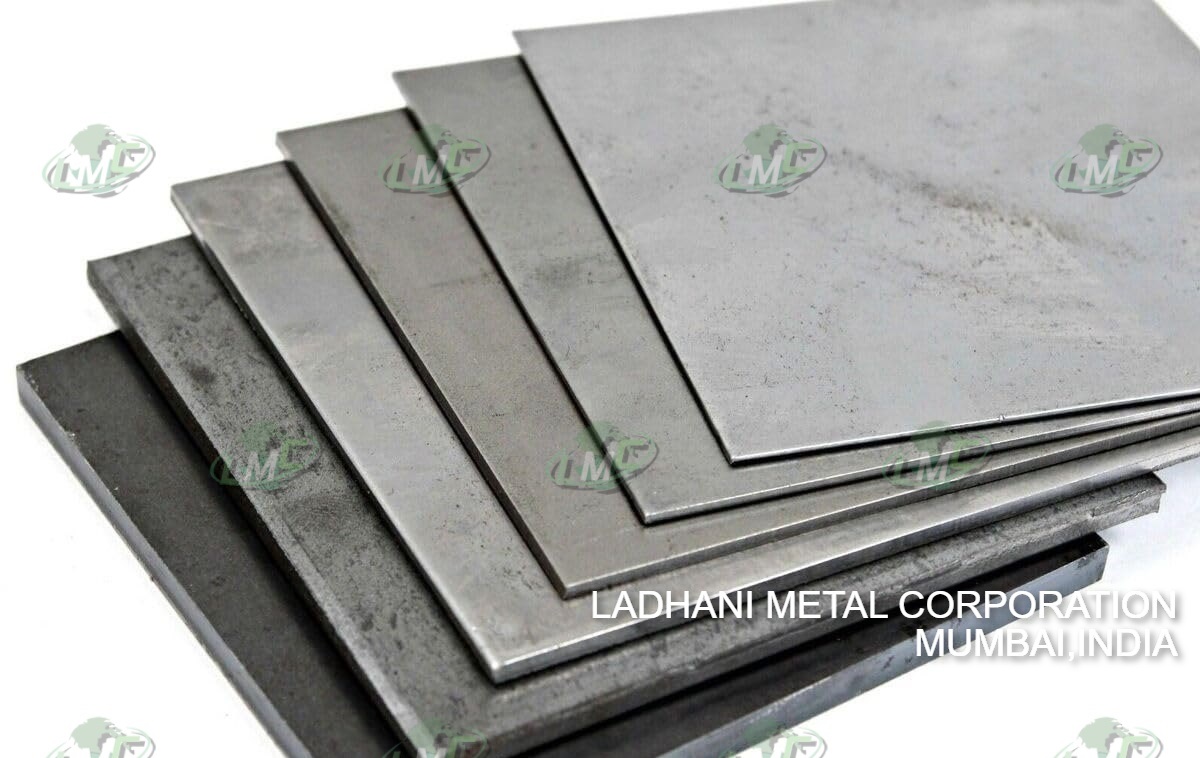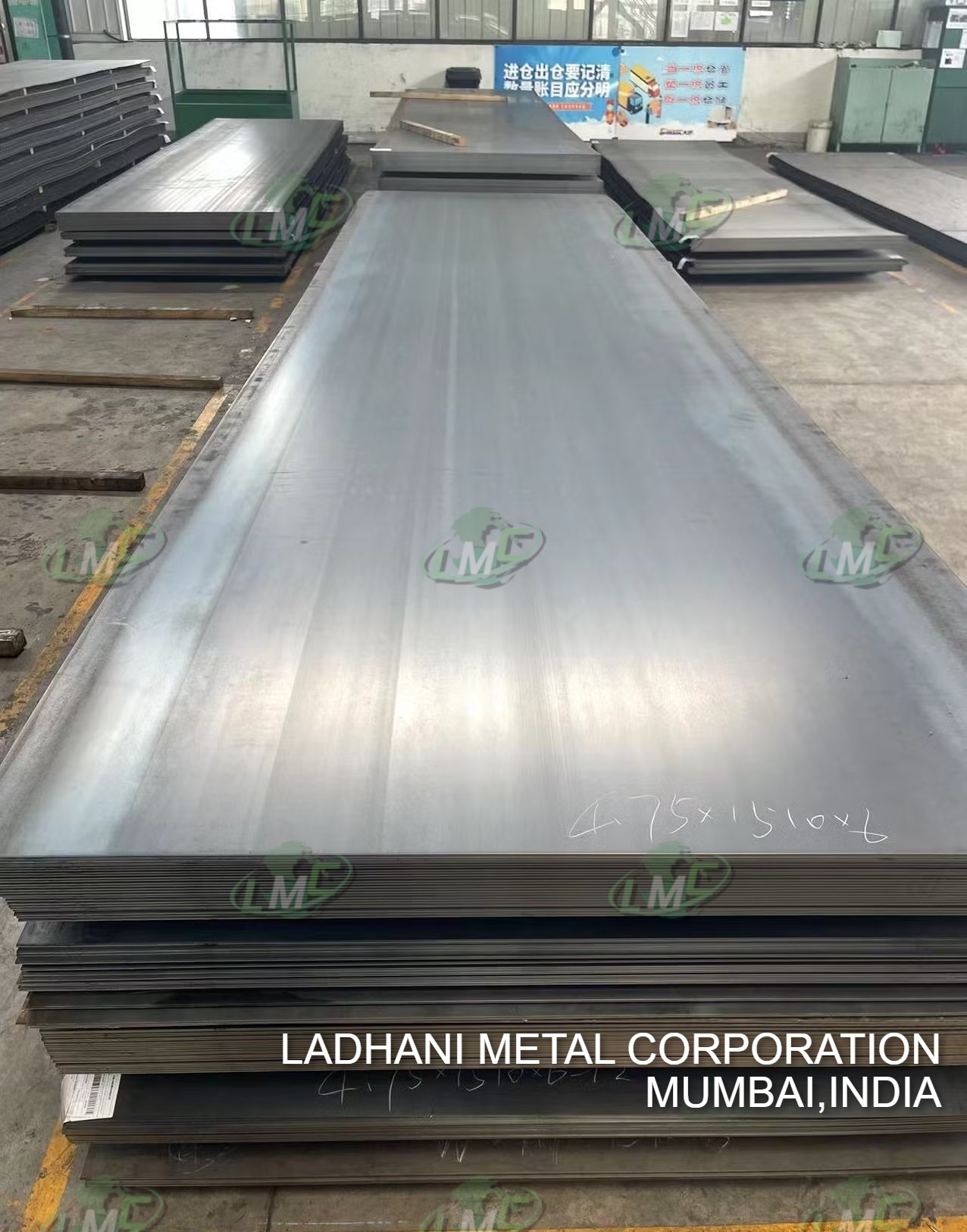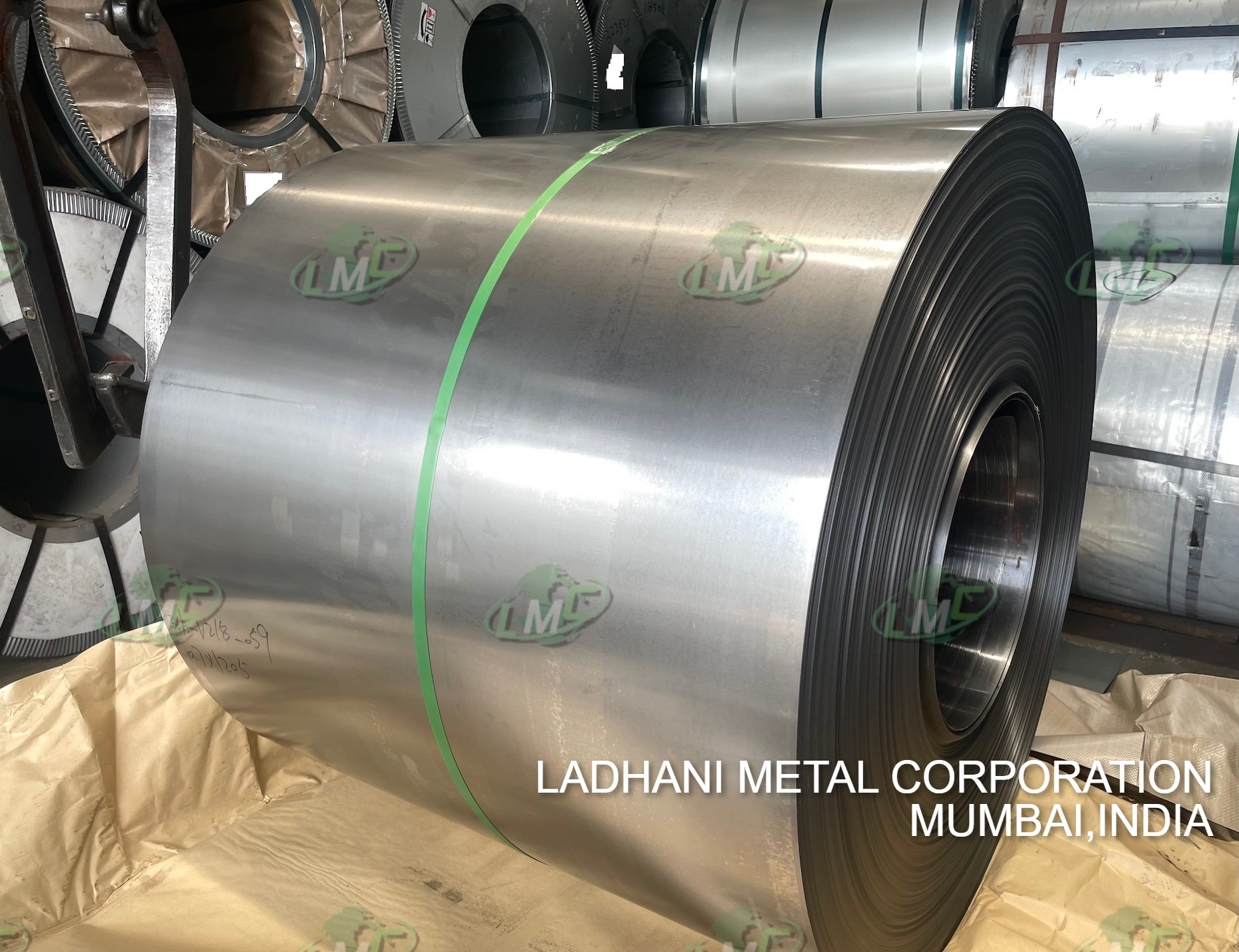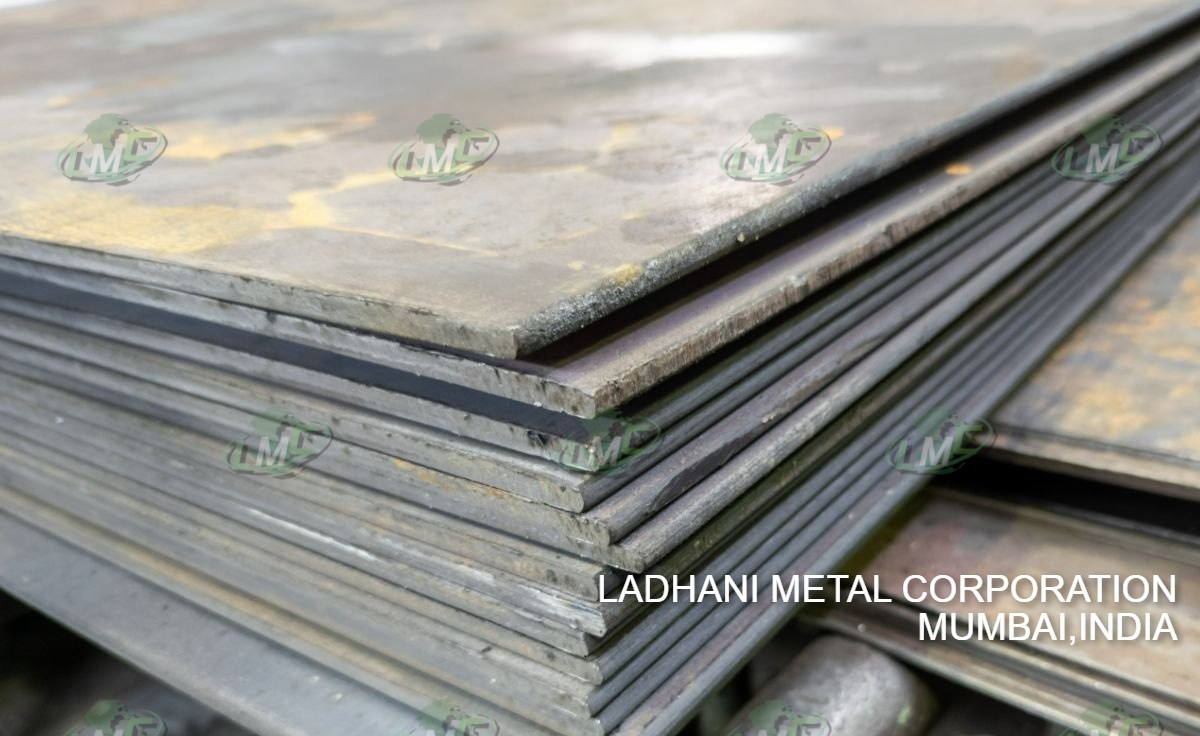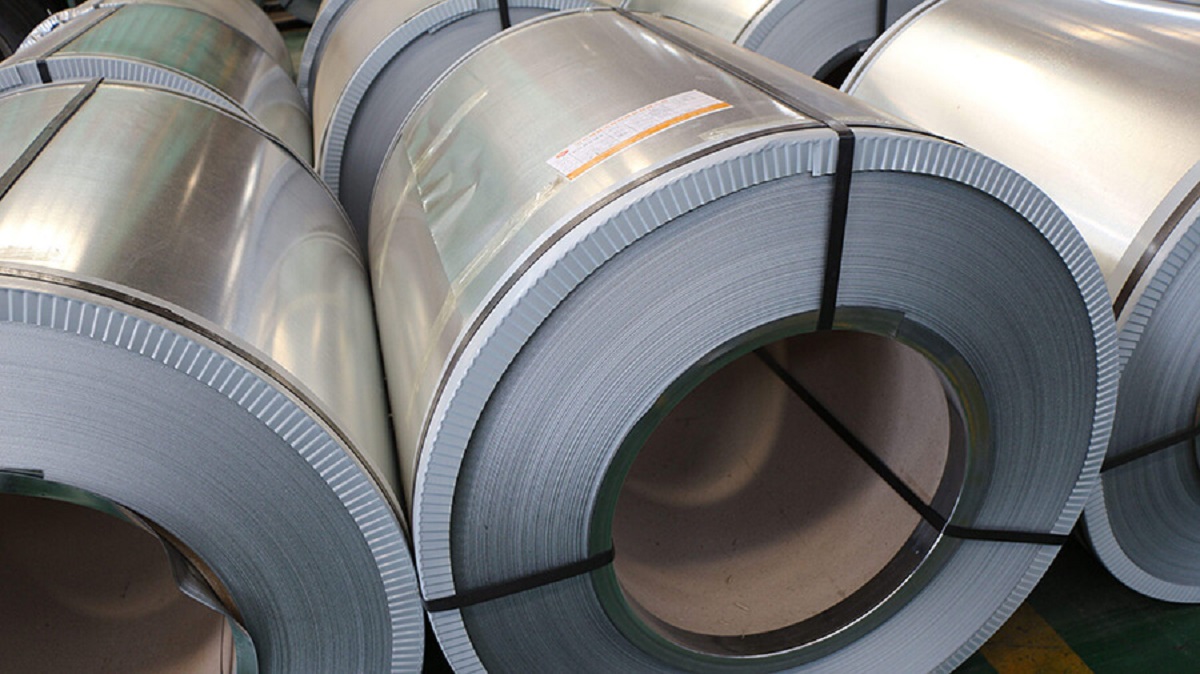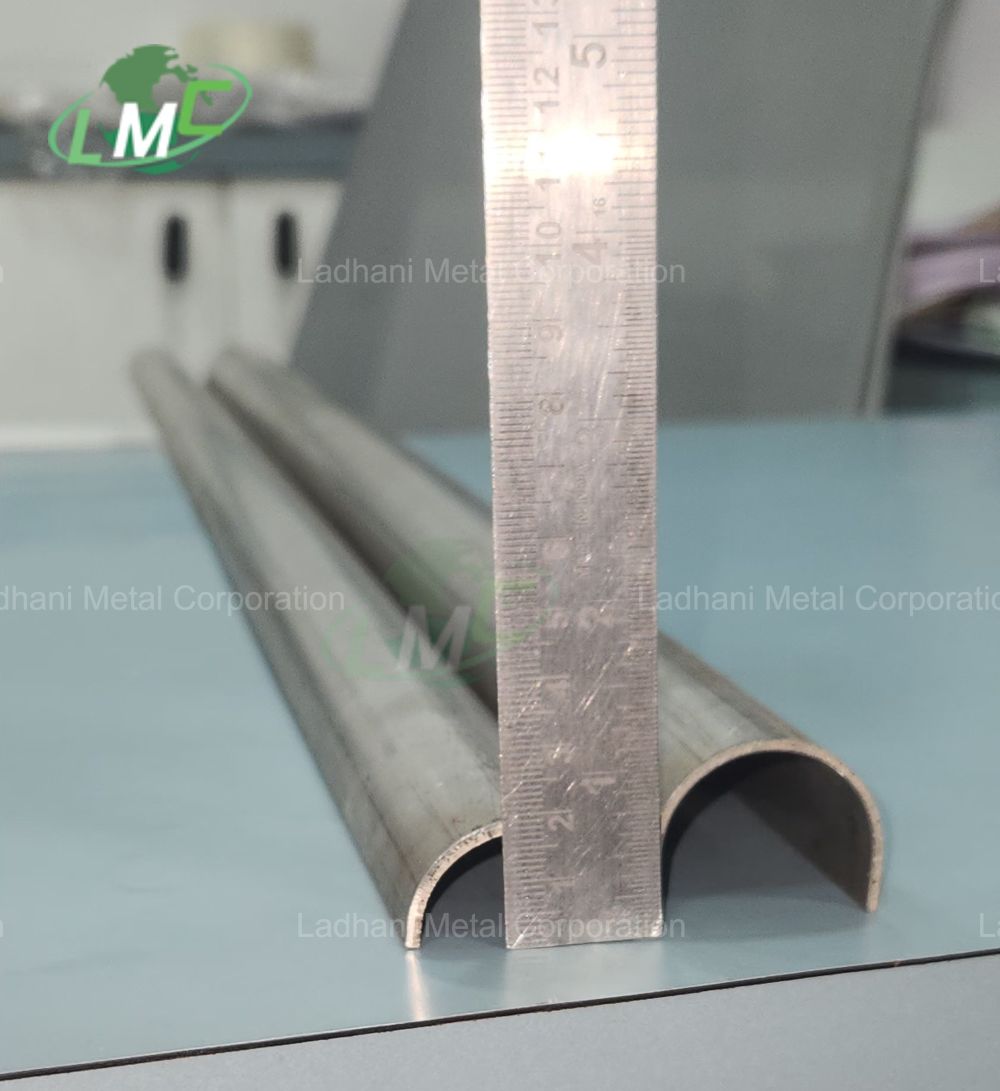EN 10088 SS X6Cr17 is a ferritic stainless steel containing approximately 17% chromium, offering excellent resistance to oxidation, corrosion, and scaling. This grade combines good mechanical strength, magnetic properties, and high resistance to mildly corrosive and oxidizing environments. X6Cr17 stainless steel is particularly suitable for applications requiring durability, thermal stability, and good surface appearance. Ladhani Metal Corporation is a trusted manufacturer, supplier, and exporter of EN 10088 SS X6Cr17 Sheet, Plate, Coil, and Strip. Our products are manufactured to international standards and available in multiple thicknesses, widths, and finishes. The material is ideal for use in industries such as automotive, domestic appliances, construction, and food processing where corrosion resistance and aesthetic appearance are essential. Forms Available: sheet, plate, coil, strip Chemical Composition (%): • Carbon (C): ≤ 0.08 • Silicon (Si): ≤ 1.00 • Manganese (Mn): ≤ 1.00 • Phosphorus (P): ≤ 0.040 • Sulphur (S): ≤ 0.015 • Chromium (Cr): 16.0 – 18.0 Mechanical Properties: • Tensile Strength: 430 – 630 MPa • Yield Strength (0.2% Proof): ≥ 250 MPa • Elongation: ≥ 20% • Hardness (HB): ≤ 200 Key Features: • Excellent corrosion and oxidation resistance • Good formability, ductility, and weldability • Strong resistance to scaling up to 800°C • Magnetic in all conditions • Smooth surface finish suitable for decorative or industrial applications Material Characteristics: EN 10088 SS X6Cr17 Sheet offers a balance of corrosion resistance and mechanical strength. The ferritic microstructure provides good dimensional stability and low thermal expansion. It performs well in mildly corrosive environments such as water, steam, and atmospheric exposure. The steel can be polished to achieve a bright and attractive finish, making it suitable for both functional and aesthetic applications. Additionally, it maintains high oxidation resistance and thermal fatigue strength under cyclic temperature exposure. Applications: • Automotive trim and exhaust systems • Domestic appliances and kitchen equipment • Heat exchangers and furnace components • Building facades and decorative panels • Food processing and industrial equipment Conclusion: Ladhani Metal Corporation offers premium-quality EN 10088 SS X6Cr17 Sheet, Plate, Coil, and Strip, engineered for excellent corrosion resistance, surface finish, and durability. For technical specifications, customized dimensions, or detailed product information, please contact Ladhani Metal Corporation – your reliable partner for stainless steel solutions. #Mumbai #Delhi #Chennai #Kolkata #Pune #Ahmedabad #Hyderabad #Bengaluru #Coimbatore #Surat #Vadodara #Rajkot #Nashik #Indore #Nagpur #Ludhiana #Faridabad #Noida #Visakhapatnam #Bhubaneswar #Jamshedpur #Patna #Ranchi #Jaipur #Lucknow #Kanpur #Bhopal #Chandigarh #Amritsar #Trivandrum #Kochi #Mangalore #Goa #Aurangabad #Tirupur #Salem #Hosur #Durgapur #Guwahati #Vapi #Ankleshwar #Morbi #Vasai #Thane #Belgaum #Vijayawada #Madurai #Erode #Kolhapur #Hubli #Udaipur #Nagaur #Raipur #Bilaspur #Agra #Varanasi #Meerut #Jodhpur #Surendranagar #Valsad #Bhavnagar #EN10088 #EN10088StainlessSteel #En10088SheetPlateCoilStrip #SSSheet #SSPlate #SSCoil #SSStrip #ColdRolledSteel #HotRolledSteel #CustomFabrication #CorrosionResistantSteel #DurableSteel #PrecisionEngineered #EN10088SSManufacturer #EN10088SSSupplier #EN10088SSExporter #ISOApproved #InternationalGradeSteel #HighPerformanceSteel #IndustrialSheet #IndustrialPlate #IndustrialCoil #IndustrialStrip #StainlessSteelSupplier #StainlessSteelManufacturer #StainlessSteelExporter #MetalFabrication #IndustrialApplications #ConstructionMaterials #EngineeringMaterials #OEMApplications #LadhaniMetals #MetalSupplier #MetalExporter #SteelIndustry #MarineSteelApplications #AutomotiveSteelApplications #ChemicalProcessingSteel #FoodProcessingSteel #PharmaGradeSteel #PowerGenerationSteel #HeatExchangerSteel #WaterTreatmentSteel #ArchitecturalSteel #IndustrialEquipmentSteel #CustomMetalSolutions #GlobalExporter #IndianManufacturer #TechnicalSpecifications #MaterialStandards #SteelFabricator #IndustrialSupplier #StainlessSteelIndia #StainlessSteelExporters #IndustrialMetals #MetalSheets #MetalPlates #MetalCoils #MetalStrips #SheetMetalProcessing #SteelFabrication #EngineeringProjects #OEMMetalSolutions #HighQualitySteel #LongLifeMaterial #FabricationMaterials #IndustrialSteel #StainlessSteelProducts

